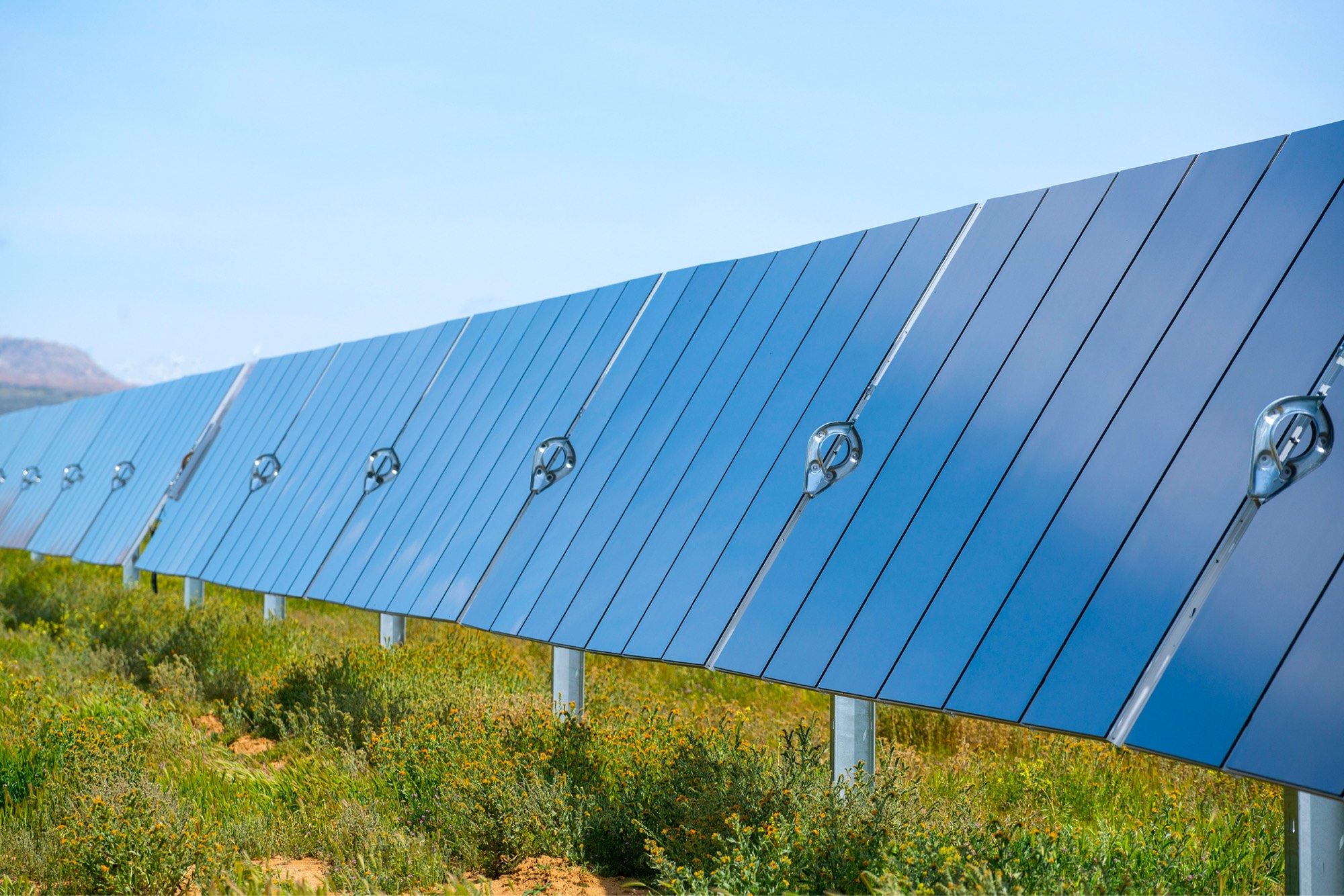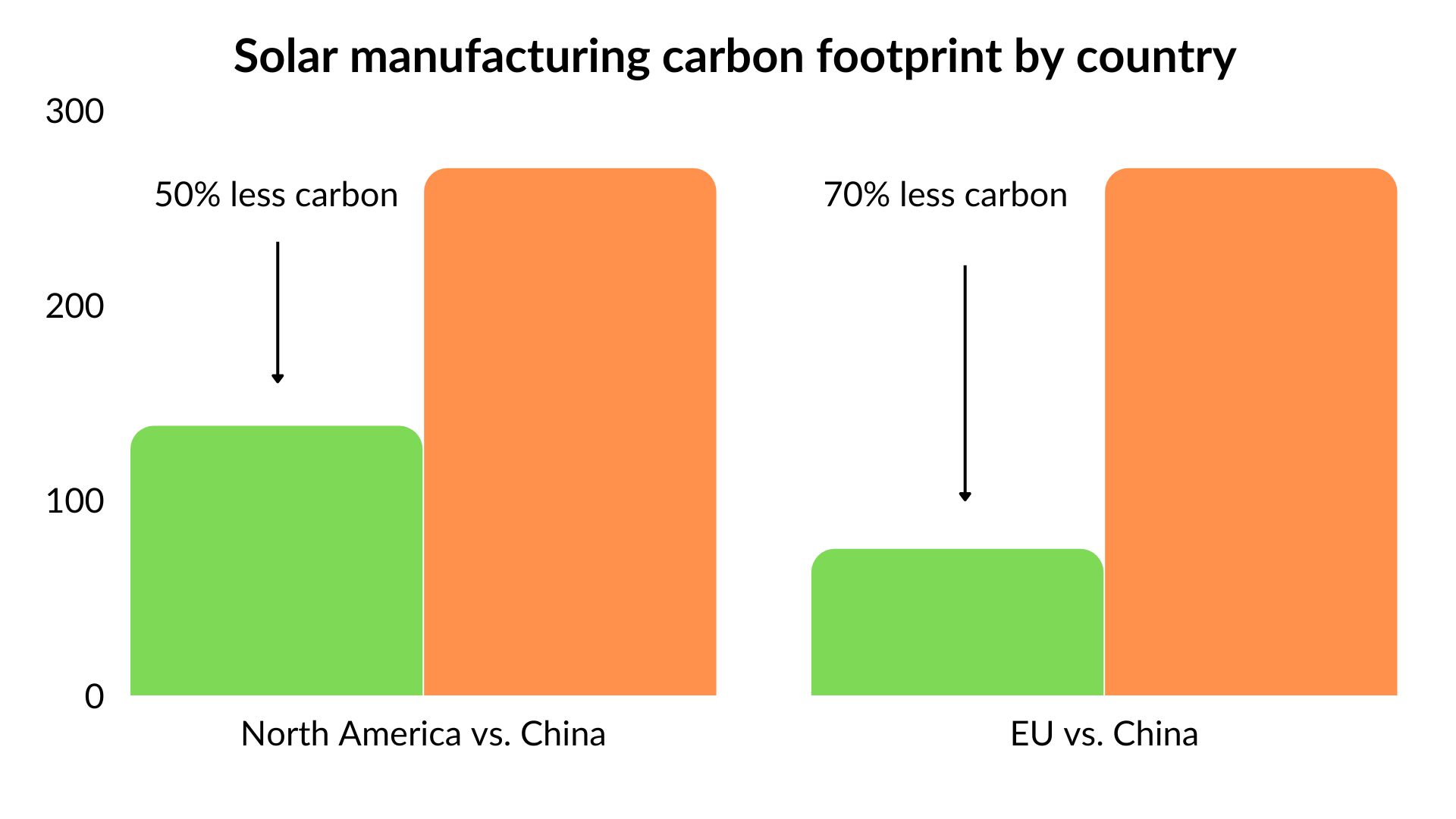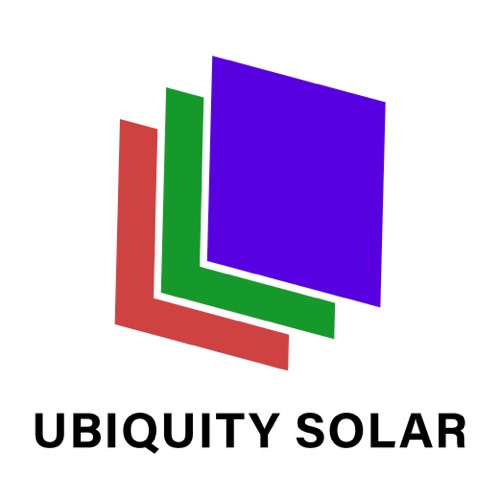Our Mission
The Alliance consists of companies across the solar PV value chain and other stakeholders committed to expanded market awareness and deployment of ultra low-carbon PV to accelerate reductions in solar supply chain GHG emissions.
What is Ultra Low-Carbon Solar?
Globally, solar PV deployment is expanding rapidly because of its superior greenhouse gas performance vs. fossil fuel-based electricity. However, not all solar panels are created equal. Differences in PV supply chain emissions (“embodied” carbon) can have a substantial impact on the greenhouse gas emissions avoided by solar projects. The use of materials with lower embodied carbon in PV panels can reduce the carbon footprint of solar systems by 50 percent, regardless of where the panels are produced.
Learn More
A Brighter Future
"What if we could make renewable energy sources even cleaner?"

The International Energy Agency’s analysis of the global solar supply chain estimates that because of their cleaner grids, solar PV manufacturing in North America creates about 50% lower carbon emissions per module than PV manufacturing in China, and solar manufacturing in the EU creates about 70% lower emissions. This estimate is similar to prior assessments by Yue, You Darling and others.
[The IEA study assessed solar PV manufacturing emissions intensity for Germany, Spain, France, Norway, Mexico, Canada and the USA as compared to China.]
Collaborate With the Alliance
Globally, solar PV deployment is expanding rapidly because of its superior greenhouse gas performance vs. fossil fuel-based electricity. However, not all solar panels are created equal. Differences in PV supply chain emissions (“embodied” carbon) can have a substantial impact on the greenhouse gas emissions avoided by solar projects. The use of materials with lower embodied carbon in PV panels can reduce the carbon footprint of solar systems by 50 percent, regardless of where the panels are produced.
Collaborate With the Alliance






